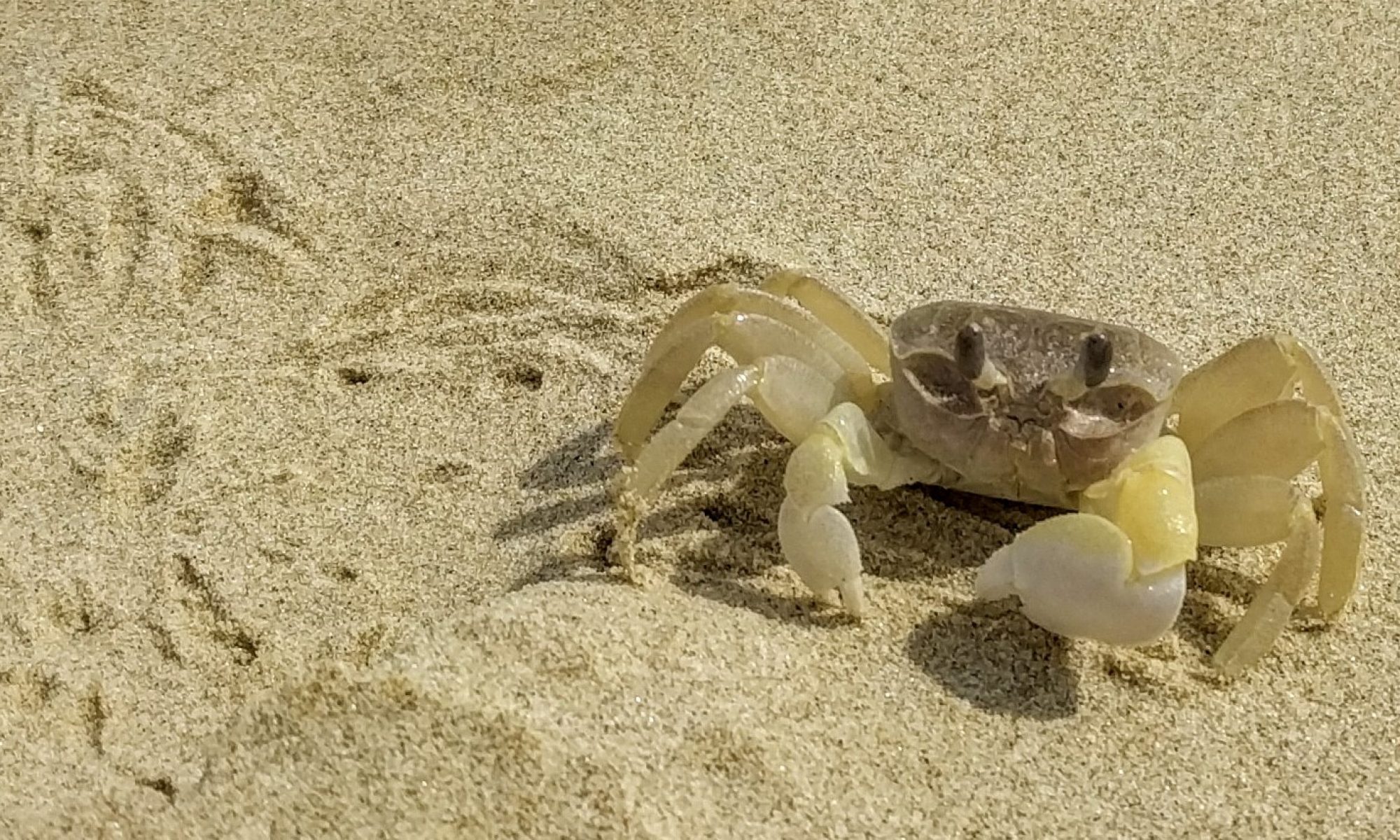I love a good Isopod discovery and thought I would share this new species along with one of my favourite ones. This giant isopod was discovered in the deep ocean. My favourite is found somewhere very different!

©SJADE 2018
The discovery was made during the South Java Deep Sea Biodiversity Expedition 2018. The specimens were discoivered at depths between 950 and 1,260 metres. They found two specimens of this giant isopods; a male measuring 36.3 cm and a female measuring 29.8 cm. These sizes make this discovery one of the largest giant isopods ever found. Scientists have determined that they belong to a new species.
Scientist say that the size of the isopods is an example of deep-sea gigantism. This is an observation that some animals that live in the deep sea are bigger than their relatives in shallower waters or on land. Most isopods measure less than 10 mm, but the 20 species in the Bathynomus genus grow to be more than 30 times larger.
There are over 10,000 species of isopod worldwide, with around 4,500 species found in marine environments, mostly on the seabed, 500 species in fresh water, and another 5,000 species on land. But I am going to share with you my favourite; the tongue-eating isopod Cymothoa exigua.

The isopod enters fish through the gills, at this stage they are all males. One changes into a female and attaches to the tongue, sucking the blood until the tongue falls off. Being a good parasite and not wanting to kill it’s host the isopod now becomes the fishes tongue. The male attaches on the gill arches beneath and behind the female.
Find out more about these weird crustaceans in this video. If you dare!

